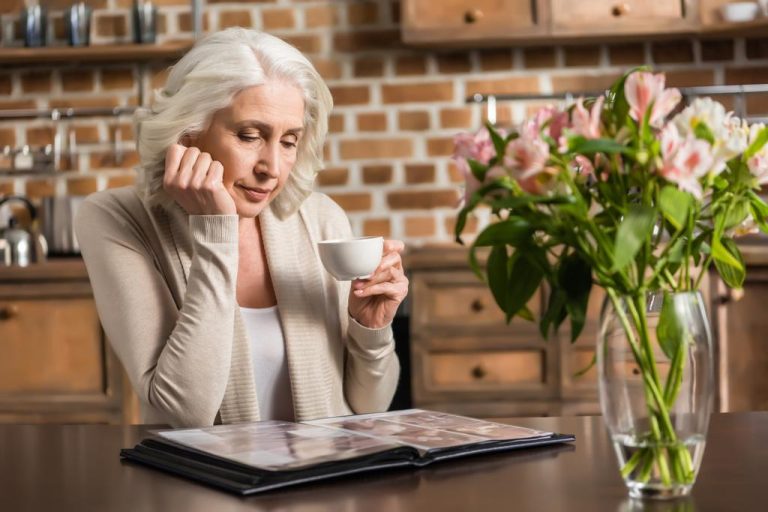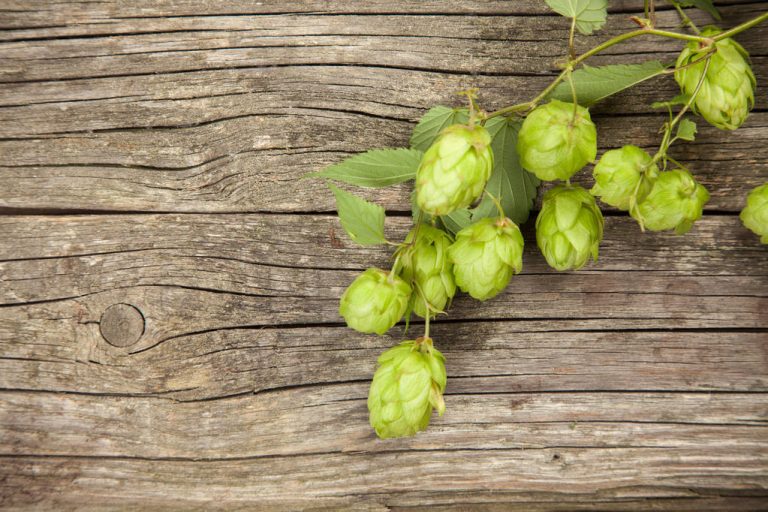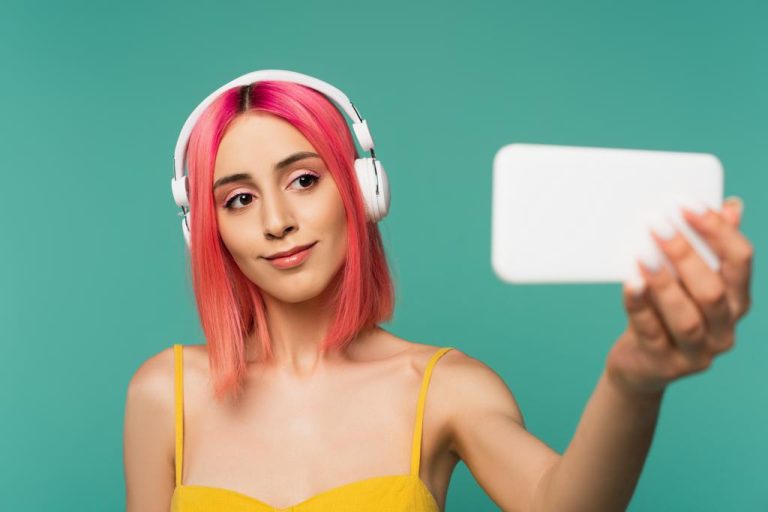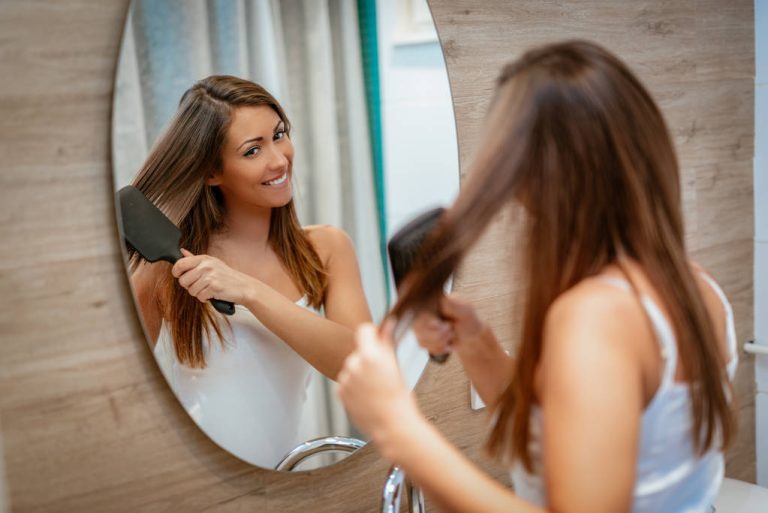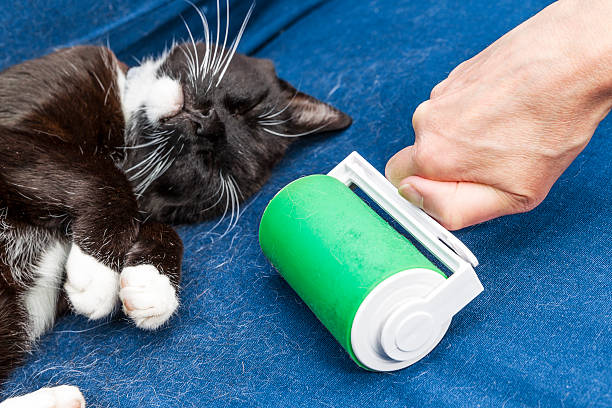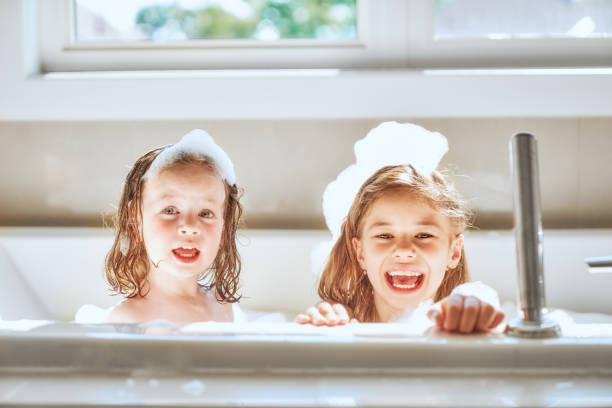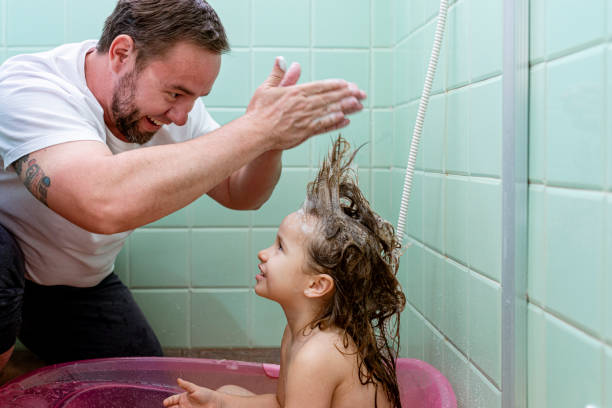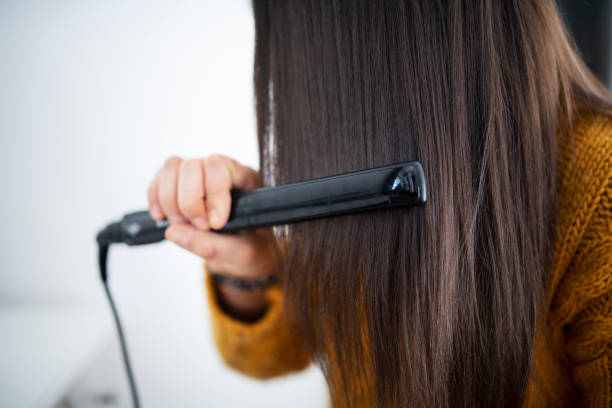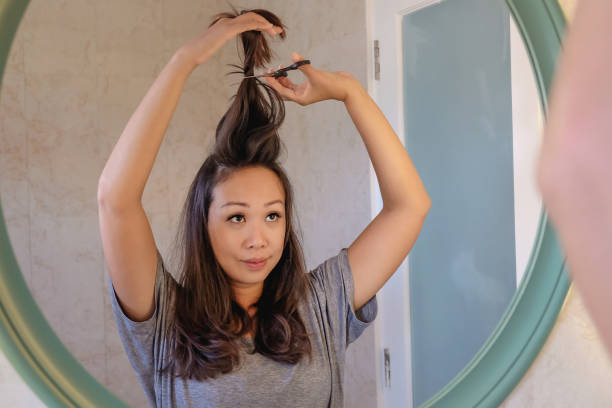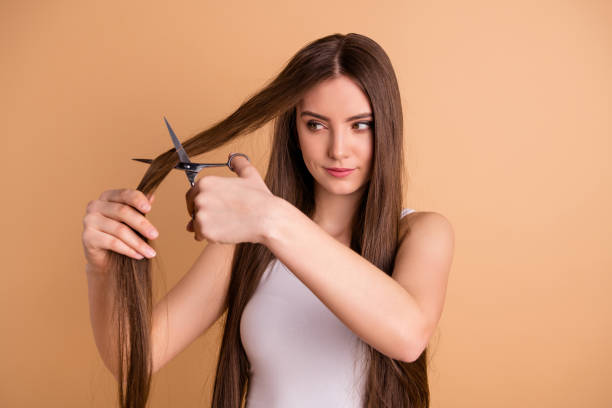Long and healthy hair is still the ideal of beauty for many women and men. But conventional shampoos often do not bring the desired success, which is why alternatives are worth a look.

Hair shampoos in the test – that says Stiftung Warentest
Stiftung Warentest regularly examines several shampoos and compares them in terms of effectiveness, the cost factor and the environmental aspect. In 2020, 18 shampoos and hair soaps were tested, including seven natural cosmetics. A total of 14 performed well, three were satisfactory and one was just sufficient. Big price differences were still noticeable, the products cost between 1 and 38 cents per hair wash. A shampoo, on the other hand, turned out to be a sham.
A new trend is currently noticeable, so-called “hair soaps*” made from oils or fats “saponified” from lye are becoming increasingly popular. In principle, such solid shampoos work no differently than liquid shampoos, they have only been deprived of water and then formed. Most liquid shampoos performed well across the board, while hair soaps performed slightly worse. The problem, however, is that these can form whitish residues when washing. The result is swelling hair that is difficult to comb. A rinse made of vinegar and water, also known as an “acidic rinse”, helps against this so-called “lime soap”. This form of hair washing has been propagated, among other things, since 2014 as the so-called “No poo” movement, which originated in the USA and today has numerous followers and groups worldwide. There are several forms of exercise, one of the most popular being washing your hair with vinegar.
But how healthy is acetic acid for hair and scalp? Does it even damage the hair in the long run and what can you do about the acidic smell?
Beautiful hair: the “no poo” movement
“No poo” simply means to wash your hair without shampoo. Shampoos are said to damage the hair, and the substances and chemicals they contain can potentially make you sick. There is also concern that conventional shampoos remove the scalp’s natural oils, thereby drying out the hair and scalp.
The movement emerged in 2014 and today there are various forms of it. One group rejects any means for the hair and only cleans it with water. Another group uses baking soda in place of shampoo and apple cider vinegar as a supplemental conditioner. The third group consists of self-mixed remedies, for example made from rye flour, eggs, clay or beer.
Since the current beauty trend in terms of hair care products is propagating apple cider vinegar, this technique is briefly presented below. Because the scalp is naturally slightly acidic (hair pH is around 5.5, well in the mid-range), acidifying hair is all about lowering the pH of the scalp and hair. This care treatment is intended to give the hair strands more shine and smoothness and to prevent the hair from charging by closing the cuticle layer and smoothing the hair structure. Numerous external influences can also negatively affect the natural pH value of the scalp and hair, which is why it is advisable to avoid using products with a basic pH value such as children’s shampoos, industrial hair masks and conditioners, cleaning shampoos and hair coloring products and to use natural products instead . What is meant here is above all the “sour rinse” (rinse = English for conditioner), which is used like a conventional hair conditioner
Preparation of the “sour rinse”
The preparation of the conditioner is simple and uncomplicated. The first treatment can also start with a tablespoon of vinegar. For this purpose, the hair is washed with normal shampoo beforehand, whereby a hair care product made from organic and natural ingredients should promise more success, since the chemicals contained in normal shampoos are said to damage the structure. After washing the hair, the acidic rinse is poured over the hair, which does not have to be rinsed out again. Once the hair dries, the vinegar smell will dissipate. If the smell is too strong, a few drops of essential oils can help. In addition to apple cider vinegar, other types of vinegar such as balsamic vinegar, herbal vinegar and lemon juice or citric acid can also be used. Be careful with citric acid, half a teaspoon is enough.
Another non-chemical, vinegar-based hair treatment is a combination of baking soda and vinegar. The shampoo is made from the apple cider vinegar and water, and the neutralizing solution is made from the baking soda and water. Instead of the shampoo, the hair is washed with a baking soda solution to neutralize the scalp and to loosen the oil from the scalp. The sodium hydroxide solution makes the skin alkaline, which then has to be balanced out with the acetic acid.
Even if this procedure is simple and good for the hair, the smell is a disadvantage. In terms of combability, the vinegar treatment is not necessarily recommended for all hair types and is particularly suitable for straight hair. In the case of hair with natural frizz and curls, however, combing it out afterwards is very painful. Another glaring problem with using baking soda is that baking soda can actively damage the scalp and hair. Also, the natural pH level could be compromised by the highly alkaline baking soda, which can lead to scalp and hair damage over time.
problem
So one of the most popular “No Poo” methods is acidifying your hair with a vinegar solution. As mentioned, there are pros and cons here. Anyone who likes to use natural care products and can handle them well should rely on a conditioner with vinegar. However, there is not enough evidence of how beneficial this procedure is for the entire hair structure in the long term. The effectiveness of other forms of care such as egg or beer rinses against problems such as dandruff, itching and dryness has not yet been successfully confirmed.
Although there was a time in Europe when body odors were highly regarded and even encouraged by a lack of personal hygiene, most people are now used to noticing pleasant smells in their counterparts. The natural body odor is less socially acceptable today and is suppressed or covered up with all conceivable methods. Without sufficient care, the hair also begins to smell unpleasantly after a few weeks, since the scalp sebum smells like rancid butter after a while. Some people are very prone to greasy dandruff and irritated scalps, which are made worse by winter and stress. If such a predisposition is present, it is even necessary to use a medicinal shampoo with an antifungal substance. This can prevent certain organic germs from growing. If you fail to do this or if you don’t wash your hair at all instead, it can develop into a massively itchy scalp surface covered with a shell-like crust of scales, from which more and more hair gradually falls out.
Some popular “no poo” methods have been shown to actually damage and irritate the hair and scalp. The oil residue on the scalp can change and oxidize, causing the oil to break down into foul-smelling by-products and causing an itchy and flaky scalp. In fact, pH is not the only reason for hair health, while some problems such as skin irritations, dandruff or allergies can be treated with a pH-adjusted shampoo, it is not the solution to all hair problems. Dermatologists continue to give the all-clear when it comes to naming the body’s own fat production on the scalp as a reason for not shampooing, because the body produces the same amount of scalp fat relatively constantly, regardless of how often and intensively the hair is treated with a conventional shampoo to wash.

Conclusion
Dermatologists are concerned that nowadays hair is washed too often and products with inappropriate ingredients are often used. In particular, allergy sufferers and people with a sensitive scalp should avoid certain ingredients (such as dyes and preservatives, cocamidopropyl betaine, parabens or silicones). Although silicones make the hair shiny and supple, there is a risk of clogging the open scalp pores and follicle openings, so that a reasonable exchange of substances through the scalp can no longer take place.
Hair specialists recommend using a mild shampoo* to wash your head every 2-3 days. In addition, the water should not be too hot, lukewarm is fine. A moderate heat should also be used when blow-drying. The use of organic products can be added as a supplement, for example in the form of a night cap with olive oil to strengthen dry or flaky scalps.
The best remedy for clean hair and a well-groomed scalp is still a good shampoo and conditioner. Modern shampoos are designed to remove scalp oils and dirt without attacking the natural layer of moisture. That is why it is even important for the scalp and hair to get rid of excess oil regularly.



